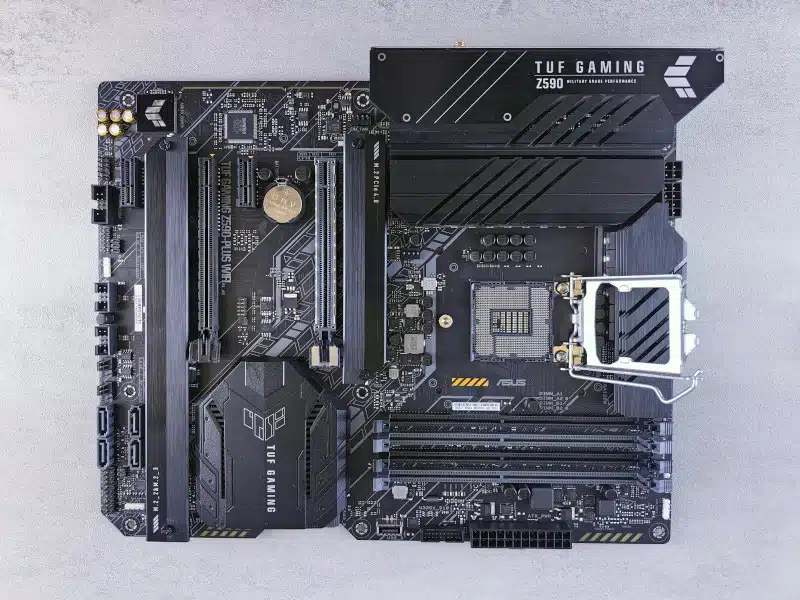When building or upgrading a computer, one of the most critical decisions you’ll face is selecting the correct motherboard. But what exactly determines a motherboard’s suitability? The motherboard form factor plays a pivotal role. This post will explore the motherboard form factor, why it matters, and how to choose the right one for your needs.
What Is the Motherboard Form Factor?
The term “motherboard form factor” refers to a specific size, shape, and layout. Essentially, it dictates the dimensions, mounting hole positions, and overall design of the board. Although several different form factors exist, ATX, Micro-ATX, and Mini-ITX are the most commonly used.
Firstly, the ATX form factor is the largest and most versatile option. It offers the most expansion slots, making it ideal for gamers and professionals who need multiple GPUs or add-in cards. On the other hand, Micro-ATX is slightly smaller but still offers decent expandability, usually with four expansion slots. Therefore, it’s a tremendous middle-ground choice for most users. Meanwhile, Mini-ITX is the smallest form factor, perfect for compact builds. However, its limited space means fewer expansion options, so you must prioritize what’s most important to you.
Moreover, the motherboard form factor impacts the size of your computer case and the type of power supply you can use. Compatibility is essential because each form factor has different power requirements and mounting points. Understanding these details can help you avoid costly mistakes and ensure your components fit and function properly.
How to Choose the Right Motherboard Form Factor
Once you understand the basics, the next step is choosing the correct motherboard form factor for your needs. Initially, you’ll want to consider the purpose of your build. For instance, an ATX motherboard is likely your best bet for assembling a high-performance gaming rig. This form factor provides ample room for multiple graphics cards, RAM modules, and other essential components.
However, if you’re working on a budget or building a home theater PC, a Micro-ATX or Mini-ITX motherboard might be more appropriate. These form factors allow for smaller, more affordable builds without sacrificing performance. Furthermore, the case size is another critical factor. Larger cases can accommodate any form factor, but smaller cases are often limited to Micro-ATX or Mini-ITX motherboards.
In addition, future-proofing your build is something to keep in mind. While ATX motherboards offer the most flexibility for upgrades, they are also bulkier and require larger cases. Conversely, a Mini-ITX build might initially seem limiting, but it’s an excellent choice for those prioritizing portability and minimalism. Ultimately, the decision boils down to balancing your needs for space, expandability, and budget.
Finally, remember that your motherboard form factor will also influence your cooling options. Larger form factors like ATX provide more space for robust cooling solutions, including multiple fans and water-cooling setups. On the other hand, smaller form factors require more creative cooling strategies to maintain optimal performance.
If you’re unsure which motherboard form factor suits your build or need expert advice, visit PCMechanic Computer Repair in Davenport, FL, for personalized assistance.
Image Credit: Photo by Andrey Matveev


